
Medications for Intended Mothers (Egg Donor Recipients) - Lupron, Estradiol, Progesterone, Menopur & More
Dr. Lane on the Goals of a Frozen Embryo Transfer & Prescribed Medications for Intended Mothers (Video)
The goal of a frozen embryo transfer cycle...
The goal of a frozen embryo transfer cycle is to use hormones that naturally occur in the body to develop an endometrial lining surface that is ready for implantation to occur.’s first review what happens in a normal menstrual cycle.
In a normal menstrual cycle, the human brain produces a hormone known as follicle stimulating hormone (FSH) which encourages the ovary to mature a single available egg. The egg matures in a structure called a follicle and the follicle produces a hormone called estrogen. Estrogen is important for the development of the endometrial lining which is where an embryo would implant. This egg is then released from the ovary in response to a second hormone produced by the brain called luteinizing hormone (LH). The released egg now enters the fallopian tube to be fertilized by sperm if available. For the next fourteen days or so the follicle from which the egg was released (the corpus luteum) produces the hormone progesterone which keeps the endometrial lining stable. A fertilized egg will implant in this prepared endometrial lining. Approximately five days after implantation has occurred a pregnancy can be detected using the hormone human chorionic gonadotropin or hCG. Alternatively, if the egg has not been fertilized, the corpus luteum collapses and the endometrial lining now is unstable and sheds. This bleeding is your period. The period or menstrual bleed resets the menstrual cycle and the entire process starts again..
The success of a frozen embryo transfer depends on the proper administration of estradiol and progesterone or medications that cause these levels to rise. This is monitored by blood levels and ultrasound monitoring.
Traditional protocols use various forms of estradiol and progesterone that directly develop the endometrial lining. In other protocols injectable forms of the natural hormones FSH (follicle stimulating hormone) and/or LH (lutenizing hormone) (gonadotropins) are used for this purpose. Medications are adjusted to accommodate ovarian production of estradiol and progesterone.
While these medications are generally well-tolerated, some mild side effects can occur. Below we will review medications used in egg donation cycles and possible side effects that should be anticipated.
Here are some medicines commonly used in an Embryo Transfer cycle:

GnRH-agonists (leuprolide acetate) (Lupron®):
This medication is an injection. There are two forms of the drug. One is a short-acting form that needs to be injected daily, and the other is a long-acting form that lasts for 1-3 months. Leuprolide is often given to help prevent the release of eggs (by ovulation) before they can be retrieved. Leuprolide can also be used to start the growth of eggs, or trigger the final stages of their growth. Leuprolide is approved by the FDA (U.S. Food and Drug Administration), but not approved for use in IVF. However, leuprolide has been extensively studied in IVF patients, and has been used in IVF for more than 20 years. Leuprolide can cause a number of side effects. These include hot flashes, vaginal dryness, nausea, headaches, and muscle aches. Some women may retain fluid or feel depressed, and long-term use can result in bone loss. Since Leuprolide is taken as an injection, skin reactions can also occur where the injection is given. No long term or serious side effects are known. If Leuprolide is given in a cycle after ovulation has occurred, you should use condoms for birth control in that month. Leuprolide has not been linked with any birth defects, but should not be taken once pregnant.

Estradiol:
This hormone is normally produced by the ovaries throughout the cycle. In some women, the ovaries will not produce enough of this hormone to support a pregnancy. Adding it helps improve your chances of getting pregnant and staying pregnant. Estradiol can be taken by pill, in a patch, as an intramuscular shot, or as a vaginal suppository. Side effects of estradiol include nausea, irritation at the site of the injection or patch, and the risk of blood clots or stroke.
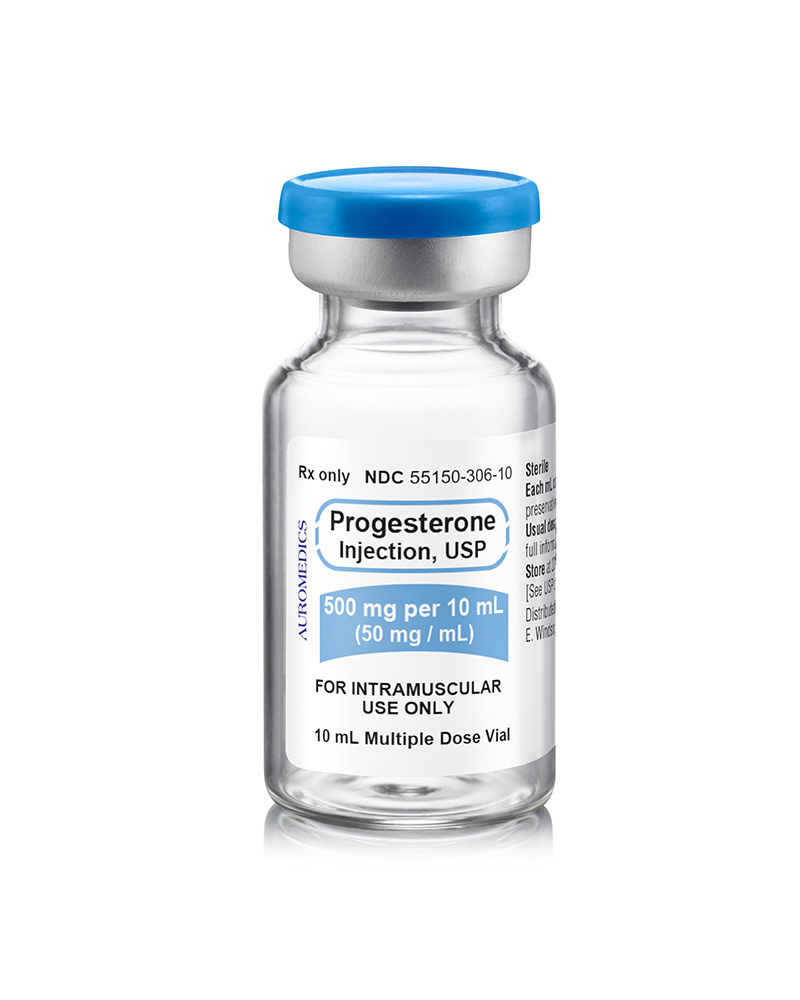
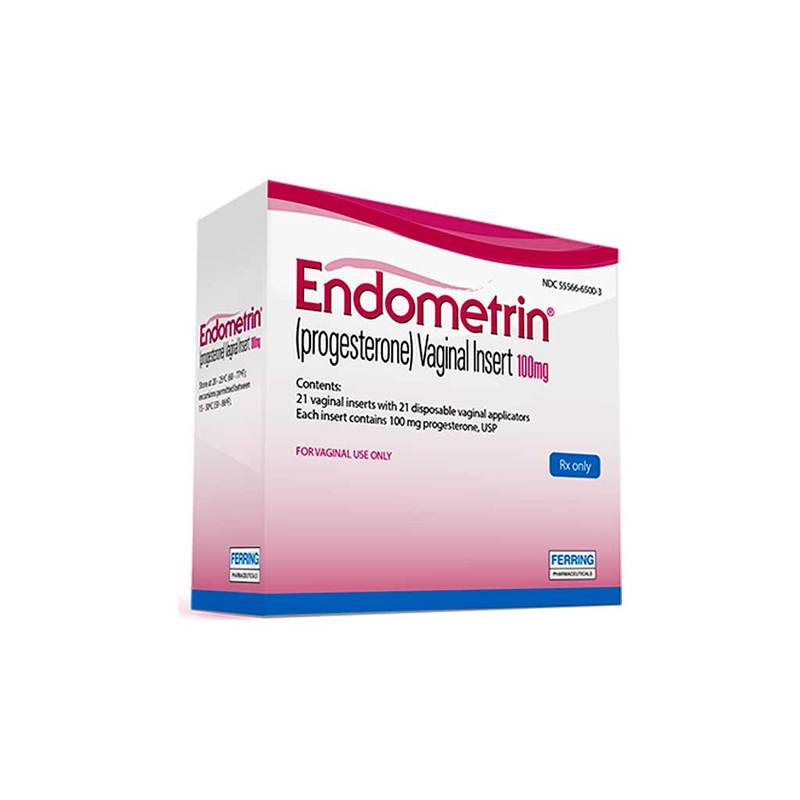
Progesterone:
This hormone is normally produced by the ovaries after ovulation. It is critical to ensuring that implantation occurs properly. In some cycles, Progesterone is taken as an intramuscular injection (injection into muscle, most commonly in the hip). It can also be taken by placing a suppository (Endometrin®, Crinone®, Prochieve®, Prometrium®, or pharmacist-compounded suppositories) directly into the vagina as frequently as three times per day. While progesterone has not been shown to cause birth defects, side effects of progesterone can include depression, sleepiness, or an allergic reaction. The intramuscular injection can rarely cause infection or more commonly cause pain at the injection site.
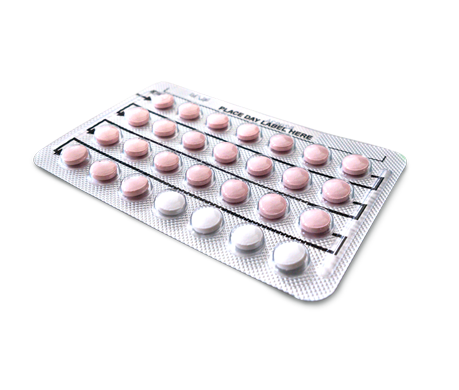
Oral contraceptive pills (birth control pills):
Your doctor may ask you to take birth control pills for 2 to 4 weeks before starting hormone stimulation injections. This is done to slow down hormone production or to schedule a treatment cycle. Side effects include bleeding, headache, breast tenderness, nausea, and swelling. There is also a risk of blood clots or, very rarely, stroke.
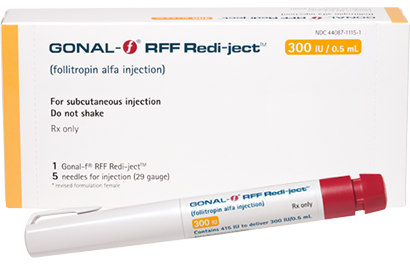
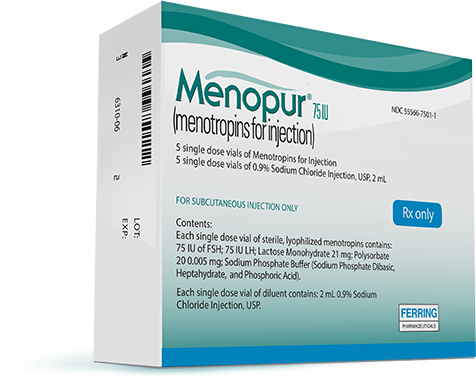
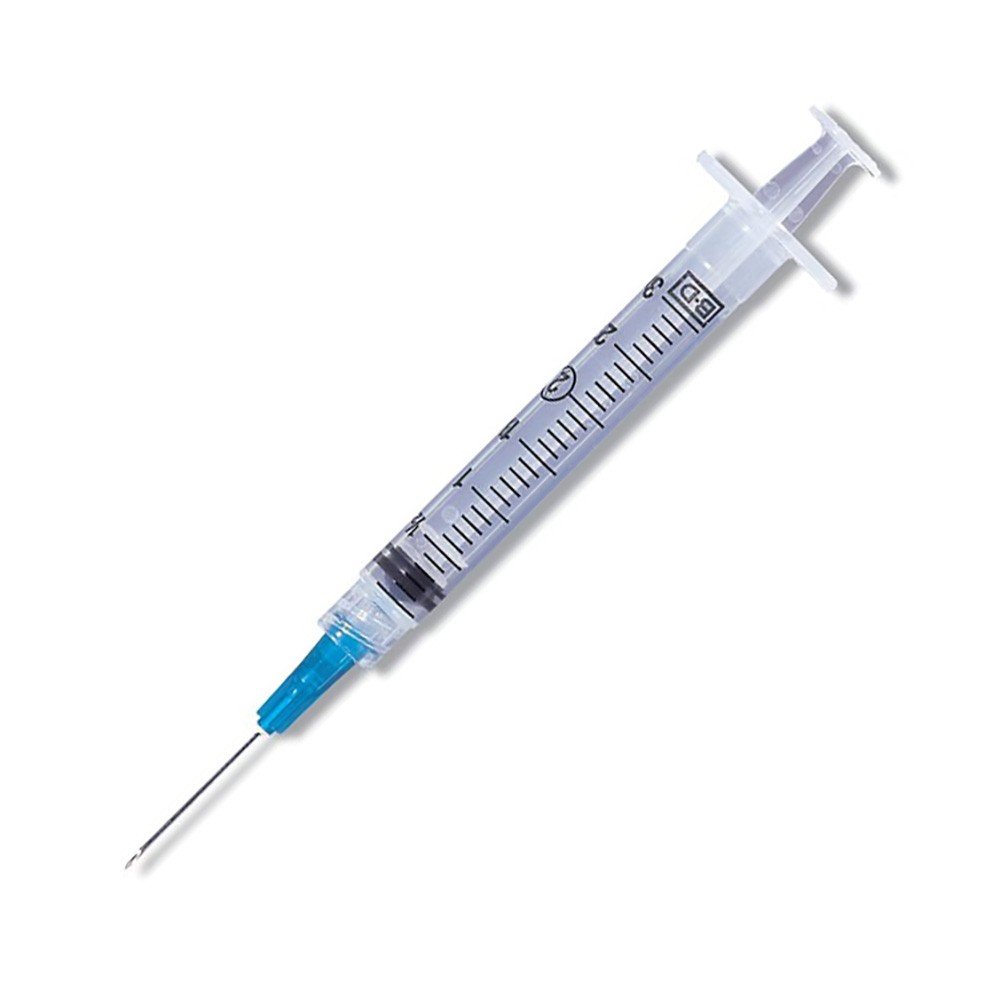
Gonadotropins, or injectable "fertility drugs" (Follistim®, Gonal-F®, Menopur®, Bravelle®, low dose hCG or human chorionic gonadotropin):
These are all natural hormones that help the ovary to grow several eggs (oocytes) at once over 8 or more days. These injections can be used in frozen embryo transfer cycles to allow the ovary to produce its own estradiol and progesterone. These injections may be given either just under the skin (or directly into muscle. Taking any medicine in an injection can cause bruising, redness, swelling, or pain at the injection site. In rare cases, there may be an allergic reaction. Women often experience bloating or minor discomfort as the ovaries briefly become enlarged. About 1% of women will develop Ovarian Hyperstimulation Syndrome (OHSS) [see "Risks to the Woman" section]. Other side effects can include headaches, weight gain, feeling tired, mood swings, nausea, or clots in blood vessels. Sometimes, especially when testing prior to the IVF cycle has shown that the woman has a lower number of eggs available, the medications may not help eggs to grow. In this case, a different approach should be used to develop a good endometrial lining.

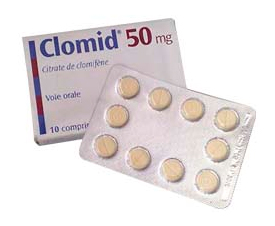
Clomid or Letrozole:
These medicines are used in some treatments to increase the number of growing eggs or reduce the estrogen level in the bloodstream. Short-term side effects in some women include headache, hot flashes, or increased moodiness. They are taken by mouth in pill form.
Other medications:
Your doctor may suggest using anti-anxiety medications or a muscle relaxant before the embryo transfer. The most common side effect of these medicines is drowsiness. Other medicines such as baby aspirin and steroids may also be recommended.
Looking for a wide selection of egg donors?
Visit our directory of the best egg donor clinics & agencies in the U.S.
Lane Fertility's Website:
https://www.lanefertilityinstitute.com/
Register for Access to View Lane Fertility's Egg Donor Database:
https://lanefertility.eggdonorconnect.com/parentregistration
Apply to Become an Egg Donor at Lane Fertility
https://lanefertility.eggdonorconnect.com/donorprescreen/
Related Fertility Medications Articles to Guide Your Journey
What to Expect During Your Egg Donor Cycle: Common Medications for Egg Donors - Menopur, HcG, Lupron, Ganirelix, Pregnyl, Clomid & More
Dr. Danielle Lane review medications used in egg donation cycles and possible side effects that should be anticipated.
